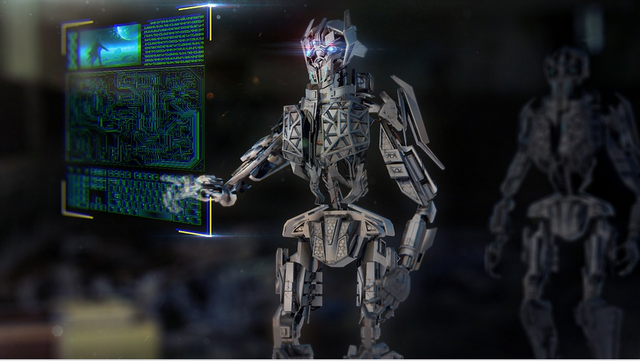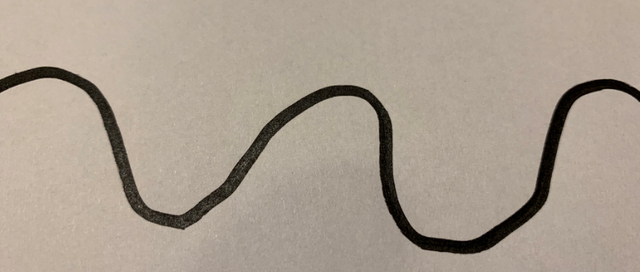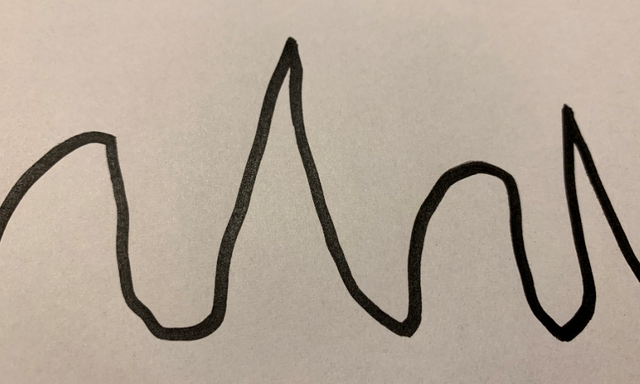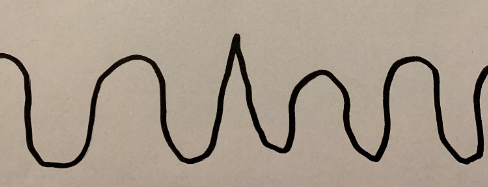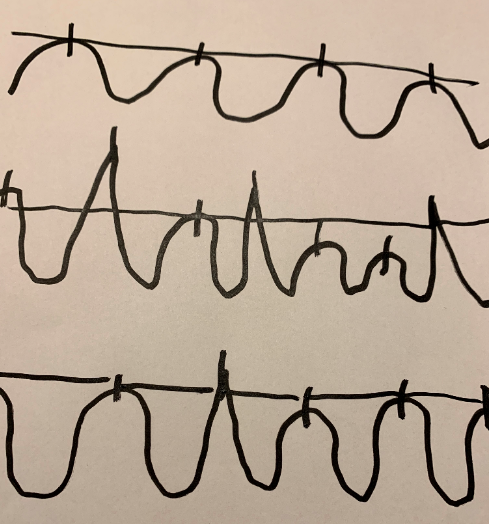AI in the now... AI in medicine... another example. The surprising use of rather inconspicuous data sets...
The research in AI based medicine is nothing short of an revolution in the making.
Based on smart algorithms scientist are able to include data sets that, at first glimpse, don’t look like they could be of any use for detecting pathogenic similarities.
So, completely inconspicuous data sets can become relevant in AI research.
AI Scientist scour these data sets to map them to certain illnesses or behavioral anomalies that are typical for distinct reactions.
For example using video to detect patterns and anomalies in the walking motion of humans that can be used to detects early stages of Parkinson’s disease or other illnesses.
In the English city of Birmingham a scientist works on a revolutionary diagnosis method. To date there is no early detection/screening for Parkinson’s disease. This could change by the use of AI.
Max Little is a mathematician and works at the Aston University. His background is in applied mathematics and computer science.
He leads a group of researchers studying algorithms for statistical machine learning in signal processing.
He and his team use an adjusted smart algorithm that was used to improve the healing process after an vocal cord operation to now detect typical voice patterns to diagnose Parkinson’s disease.
The example of Max Little’s research shows how far-reaching the AI impact is in the field of medicine.
There aren’t just Md’s anymore that work in medicine but data analyst’s, coders and mathematicians which work with AI on new, groundbreaking diagnosis methods.
Another example…
When you walk the sensors in your smart phone are able to pick up the up and down of your walking style. What can be used out of such data do diagnose something?
When you walk the motion detector in your phone can record this in form of such a wave…
When you look at this data of an Parkinson’s disease patient you’ll see a curve much like this
An abrupt freeze in the motion for instance or general irregular motion.
The AI algorithm can now be trained to look at the peaks in this curve for instance and it does this with very high accuracy. Now if you have an curve that only shows a little variation it can pick up on it and so possibly point to an early stage of Parkinson’s disease.
Even an expert wouldn’t be able to see the little deviations in this walking curve. The AI though picks up on those little variations and can therefor point to a possible precursor stadium of Parkinson’s disease.
The motion data of our phones is potentially already “there”. See the examples of your next best fitness app for instance but here ethical questions arise regarding the use of this data.
How and what for could/should this data be used?
Right now we can’t just collect this data and begin to diagnose people.
To clarify we could but we shouldn’t!
There would be good reasons to use data like this and also good reasons not to.
To me there are some interesting ethical questions to answer/discuss involving the potential help of a few vs. the privacy of many, the potential misuse of such data by health insurances or others and so on.
Please check out Max Little and his research here if you're interested:
https://www2.aston.ac.uk/eas/staff/a-z/dr-max-little
Let me know what you think!
Do you also find that this is a positive use of AI?
Gif from my friend https://twitter.com/smilinglllama!
